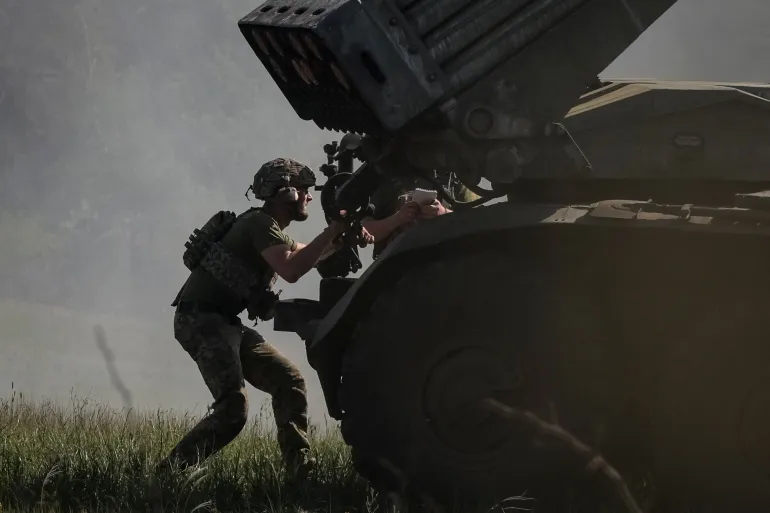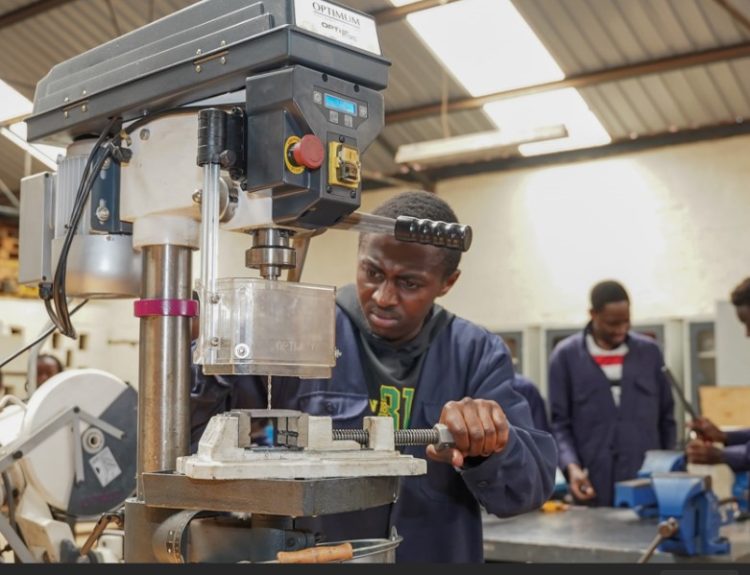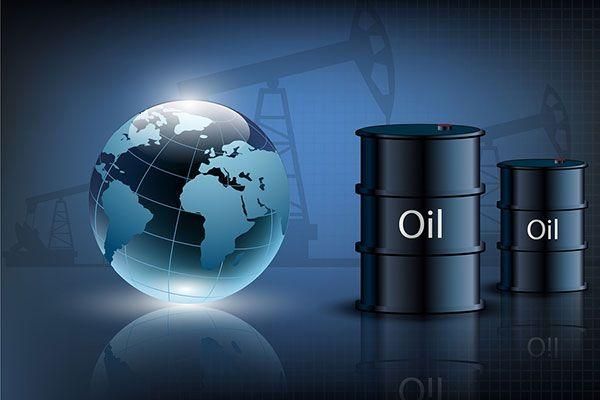The conflict between Ukraine and Russia continues to deepen, shaping the geopolitical landscape of Eastern Europe and sending ripples across international diplomacy. In recent developments, Ukrainian authorities reported significant military activity along key fronts, while Russian forces have vowed to persist with their operations despite growing international pressure.
The stakes are higher than ever, as both sides consolidate positions and prepare for potential escalations in the coming months. Ukraine’s leadership has emphasized resilience and strategic alliances with Western nations, highlighting the critical role of international support in sustaining their defense efforts. Meanwhile, Russia maintains that its actions are necessary to safeguard its interests, framing the conflict as a geopolitical imperative.
Beyond the immediate battlefield, the humanitarian and economic consequences are mounting. Civilian populations continue to endure displacement, infrastructure damage, and severe disruptions to daily life, further complicating peace negotiations. Global markets have felt the impact, with energy prices fluctuating and nations reevaluating security strategies in response to the conflict.
Diplomats and world leaders are increasingly engaged behind the scenes, exploring avenues for dialogue, ceasefires, and conflict resolution. However, the path to peace remains uncertain, as entrenched positions and nationalistic agendas on both sides continue to hinder meaningful compromise.
For Ukraine, the conflict is as much about defending sovereignty as it is about preserving national identity. For Russia, it is a demonstration of regional power and strategic influence. The world watches closely, aware that the outcome of this conflict will shape the international order for years to come.
In this turbulent environment, the conflict stands as a stark reminder of the delicate balance between power, diplomacy, and human cost—a scenario where every decision echoes far beyond the battlefield.



